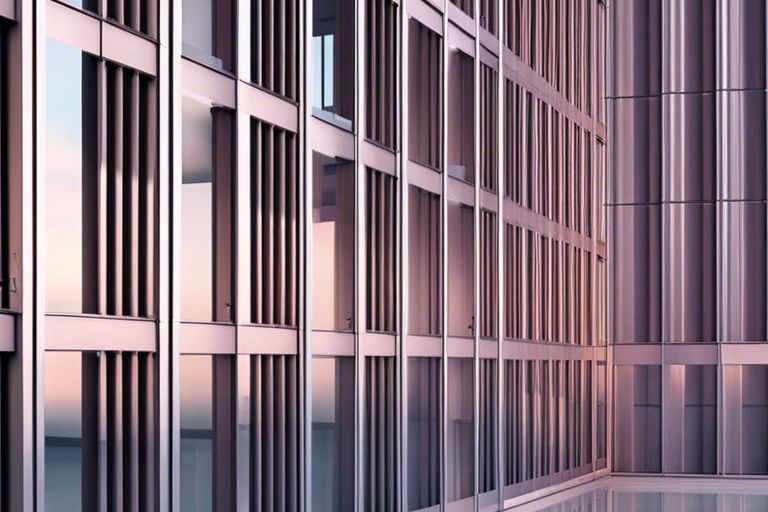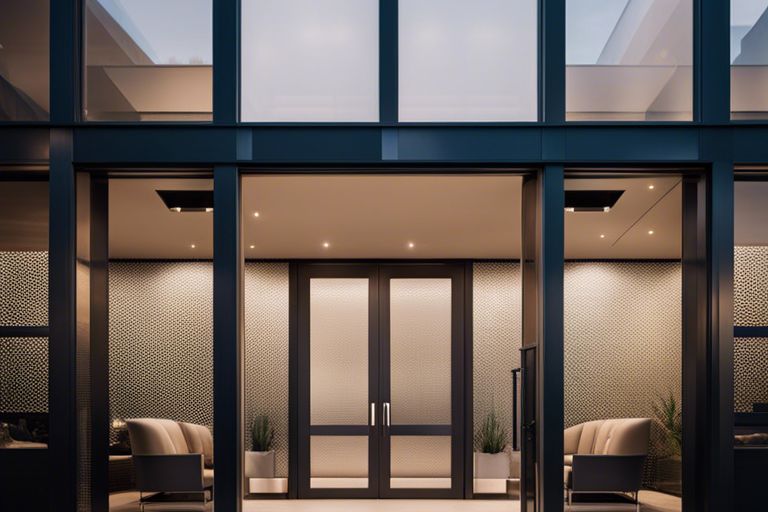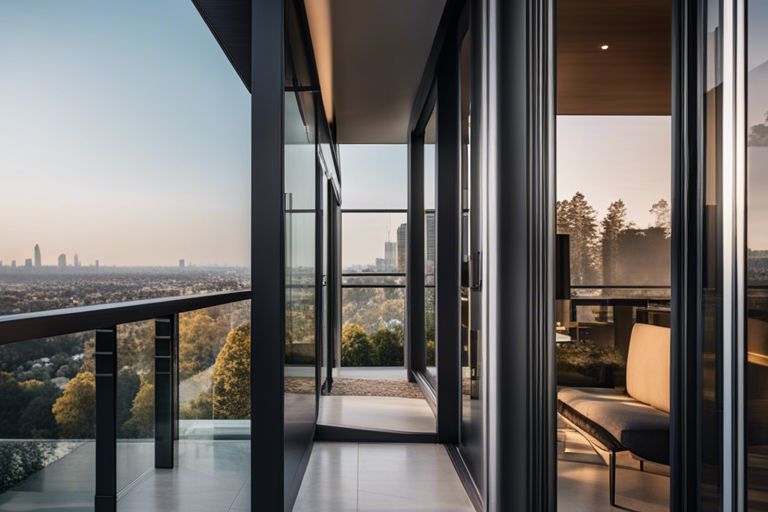Flat rooflights are a popular choice for bringing natural light into homes and commercial spaces. However, there are several myths surrounding their use that need to be debunked. In this blog post, we aim to address some of the most common misconceptions about flat rooflights and provide accurate information to help you make informed decisions. From security concerns to water leakage issues and insulation problems, we will debunk these myths and highlight the benefits of installing flat rooflights.
Key Takeaways:
- Flat rooflights are not prone to leaking: Modern flat rooflights are well-designed with reliable waterproofing systems, making them highly resistant to leaks when properly installed and maintained.
- Flat rooflights provide excellent natural light: Contrary to popular belief, flat rooflights are designed to maximise natural light entry into interior spaces, creating a bright and airy environment without compromising on insulation or security.
- Flat rooflights are versatile and stylish: With a variety of sizes, shapes, and finishes available, flat rooflights can complement any architectural style and provide a sleek and modern addition to both residential and commercial buildings.
Misconceptions and Clarifications
When it comes to flat rooflights, there are several common misconceptions that need to be addressed. In this chapter, we will debunk some of the myths surrounding flat rooflights and provide clarifications to help you make informed decisions.
Durability and Longevity Myths
One common myth about flat rooflights is that they are not as durable as pitched rooflights. This misconception often stems from the belief that flat rooflights are more prone to leaks and damage. However, modern flat rooflights are designed and constructed using high-quality materials that ensure durability and longevity. They are built to withstand harsh weather conditions and provide excellent performance over the years.
Another misconception is that flat rooflights require frequent maintenance and are prone to deterioration. But, with proper installation and periodic inspections, flat rooflights can last for decades without any issues. It is essential to choose a reputable manufacturer and follow maintenance guidelines to ensure the longevity of your flat rooflight.
Energy Efficiency and Insulation Concerns
There is a misconception that flat rooflights are not energy efficient and can lead to heat loss in the property. However, modern flat rooflights come with advanced glazing technologies that provide excellent insulation properties. They can help in maintaining a comfortable indoor temperature and reducing energy consumption.
Additionally, some people believe that installing a flat rooflight can increase energy bills due to heat loss. But, when installed correctly with insulated frames and glazing, flat rooflights can actually contribute to energy savings by allowing natural light to enter the space, reducing the need for artificial lighting during the day.
It is crucial to consider the energy efficiency ratings and insulation features of flat rooflights before making a purchase. By choosing high-quality products and ensuring proper installation, you can enjoy the benefits of natural light without compromising on energy efficiency.

Design and Aesthetics
Myth: Limited Design Options
One common myth surrounding flat rooflights is the belief that they offer limited design options, leading to a lack of aesthetic appeal for a property. Many individuals assume that flat rooflights only come in standard sizes and shapes, restricting creativity and design choices. This misconception can deter homeowners and architects from considering flat rooflights as a viable option for bringing natural light into a space.
However, the reality is that modern flat rooflights are available in a wide range of sizes, shapes, and materials, offering endless design possibilities for any architectural project. From square and rectangular designs to more bespoke shapes, flat rooflights can be customised to suit the unique requirements of a property. With advancements in technology and manufacturing, architects and homeowners can collaborate to create rooflights that complement the overall aesthetics of a building.
The Reality of Customization and Style
Contrary to the myth of limited design options, the reality is that flat rooflights can be customised to match the style and design preferences of any property. Whether you prefer a minimalist and modern look or a more traditional aesthetic, flat rooflights can be tailored to enhance the overall visual appeal of a building. Additionally, bespoke finishing options such as frame colours and glazing choices allow for further personalisation to suit individual tastes.
Architects and designers can work closely with manufacturers to create tailor-made flat rooflights that elevate the design of a property while ensuring optimal functionality and performance. By focusing on customisation and style, homeowners can break free from the misconception of limited design options and embrace the versatility and visual impact that flat rooflights can bring to their living spaces.

Installation and Maintenance
When it comes to flat rooflights, installation and maintenance are key factors to consider for their long-term performance. Proper installation by trained professionals ensures the rooflight is secure and watertight, providing maximum efficiency and durability.
Debunking Complexity Myths
There is a common myth that installing flat rooflights is a complex and arduous process. However, with advancements in technology and materials, modern rooflights are designed to be quick and straightforward to install. Trained installers can efficiently fit the rooflights, ensuring they are a seamless addition to any property.
Furthermore, some believe that maintaining flat rooflights is a difficult task, requiring regular attention and specialist care. In reality, flat rooflights are designed with durability and ease of maintenance in mind. With simple cleaning and occasional checks, flat rooflights can continue to provide natural light and ventilation for years to come.
Ease of Maintenance Explained
One of the key benefits of flat rooflights is their ease of maintenance. These rooflights are constructed with durable materials that require minimal care to keep them in optimal condition. Regular cleaning using non-abrasive solutions and checking for any signs of damage can help prolong the lifespan of your rooflights.
It is crucial to address any issues promptly to prevent potential water leaks or structural damage. By following the manufacturer’s guidelines for maintenance, homeowners can ensure their flat rooflights remain in top condition and continue to enhance their living spaces.

Practical Advantages
Enhancing Natural Light
Flat rooflights are an excellent way to enhance natural light in your living space. By allowing more sunlight to enter your property, flat rooflights can create a brighter and more inviting atmosphere. This can help to reduce the need for artificial lighting during the day, saving on energy costs and creating a more sustainable home environment. Additionally, the increased natural light can have positive effects on mood and wellbeing, promoting a sense of positivity and vitality.
Furthermore, the design of flat rooflights allows for a more even distribution of light throughout the room compared to traditional vertical windows. This helps to eliminate dark corners and shadows, creating a more spacious and open feel to the area. Whether used in a living room, kitchen, or even a commercial space, flat rooflights can truly transform the ambience of any room.
Improving Ventilation
Another practical advantage of flat rooflights is their capability in improving ventilation within a property. By incorporating opening mechanisms, flat rooflights can help to regulate airflow and prevent the build-up of stale air. This is particularly beneficial in rooms such as bathrooms and kitchens where moisture and odours can accumulate.
With the ability to be opened either manually or through automated systems, flat rooflights provide flexibility in controlling airflow levels according to your preferences. This can help to enhance air quality within your living space, reducing the risk of dampness and mould formation.
For those looking to create a healthier indoor environment, the option of incorporating rooflights with integrated ventilation systems can further enhance the benefits of improved air circulation. This not only contributes to a more pleasant living experience but also helps to maintain the structural integrity of the property over time.
Addressing Common Myths About Flat Rooflights
All things considered, it is important to debunk the common myths surrounding flat rooflights to allow homeowners and builders to make informed decisions. Contrary to belief, flat rooflights are not prone to leaks if installed correctly with quality materials and by experienced professionals. Additionally, they do not necessarily lack insulation properties, as modern designs can provide excellent thermal performance. Understanding the truth about flat rooflights can help individuals benefit from the increased natural light, energy efficiency, and aesthetic appeal that these architectural features bring to indoor spaces. By dispelling misconceptions and embracing the advantages of flat rooflights, one can enhance the overall functionality and beauty of their property.
FAQ
Q: What are the common myths about flat rooflights?
A: One common myth about flat rooflights is that they are prone to leaking. However, with proper installation by professionals and high-quality materials, flat rooflights are extremely durable and reliable.
Q: Are flat rooflights only suitable for commercial buildings?
A: No, flat rooflights are suitable for both commercial and residential buildings. They are a popular choice for modern homes due to their sleek design and ability to bring in natural light.
Q: Do flat rooflights require a lot of maintenance?
A: Flat rooflights require minimal maintenance if installed correctly. Regular inspections and cleaning are recommended to ensure they remain in top condition, but overall, they are low-maintenance compared to other types of roofing options.






